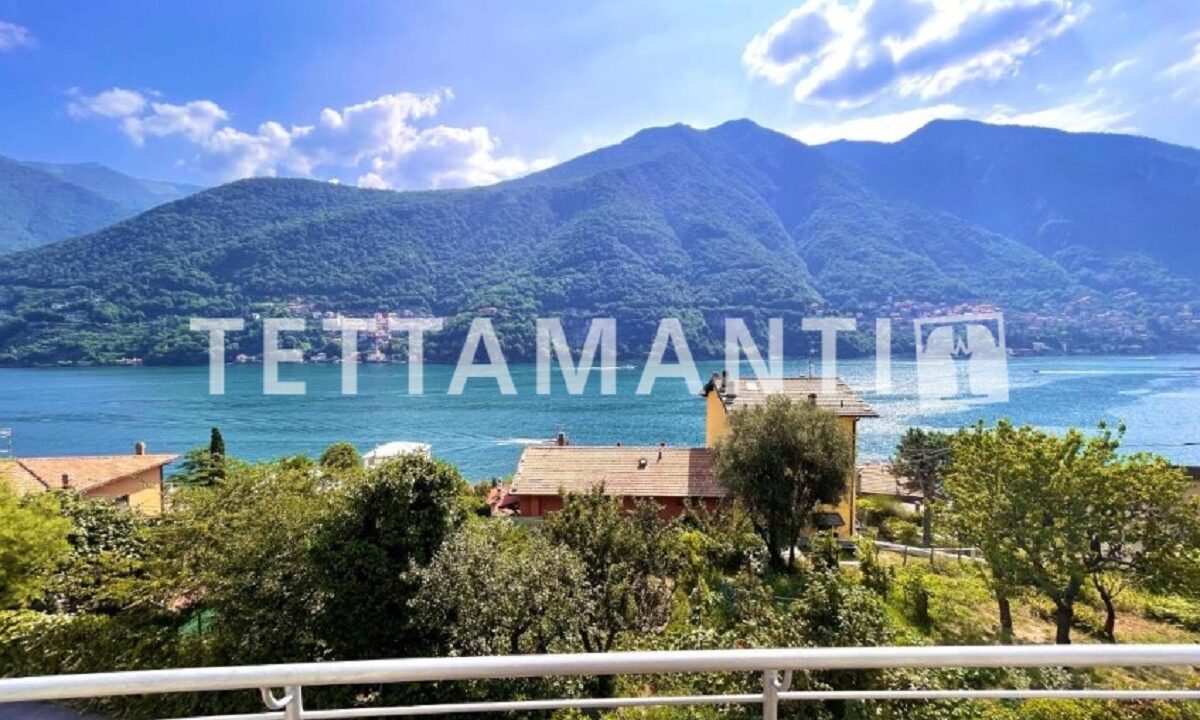
Open House: an effective marketing strategy … but does it really work in Italy?
The Open House, literally translated as “house open,” is a real estate marketing technique that originated in Anglo-Saxon markets, where it is widely used to promote properties for sale. It involves an event during which a property is opened to the public for group visits, without individual appointments. In a single day, potential buyers can freely tour the property, explore its spaces, and assess its structure, condition, and atmosphere.
How an Open House works
To achieve concrete results, an Open House must be carefully planned. The first step is to identify the target audience: depending on the type of property, a specific group of potential buyers can be selected, for example through a CRM (Customer Relationship Management) system or the agency’s database.
Next comes the promotional phase, which involves using various channels: social media, real estate portals, mailing lists, flyers, and, when possible, collaboration with local businesses.
The event should be organized on strategic days, preferably during weekends or near holidays when people have more free time.
A key element is the presentation of the property: tidy, clean, and well-lit environments are essential. In some cases, home staging techniques can be used to make the house even more welcoming. Finally, it’s important to prepare professional informational materials, such as brochures, floor plans, and detailed technical sheets.
The advantages
Open House offers several operational benefits:
- Time optimization: it allows multiple visits in a single day, avoiding repeated appointments.
- Increased visibility: it attracts a flow of people and potential contacts in a short period.
- Urgency effect: seeing other interested parties can encourage quicker decisions from buyers.
Limitations in the Italian market
However, cultural and practical factors often limit the effectiveness of Open Houses in the Italian context. Based on our experience, clients tend to prefer a more selective and personalized approach. Private visits give us the chance to dedicate the right amount of time and attention to each client, understand their specific needs more deeply, and build trust.
In many cases, Open Houses draw in people who come out of curiosity rather than a real intention to buy. These events often generate large crowds without real opportunities, creating a scattered atmosphere that makes it harder to close deals.
Conclusion. Open House: an effective marketing strategy
Open House can be a valuable marketing tool, but it must be used judiciously. It’s not a one-size-fits-all solution for every type of property or market. In Italy, where clients appreciate direct relationships and personalized advice, maintaining a balance between collective visibility initiatives and more targeted commercial strategies remains important.
For agencies like ours, customer care and the effectiveness of personalized visits continue to be at the heart of quality real estate service.
